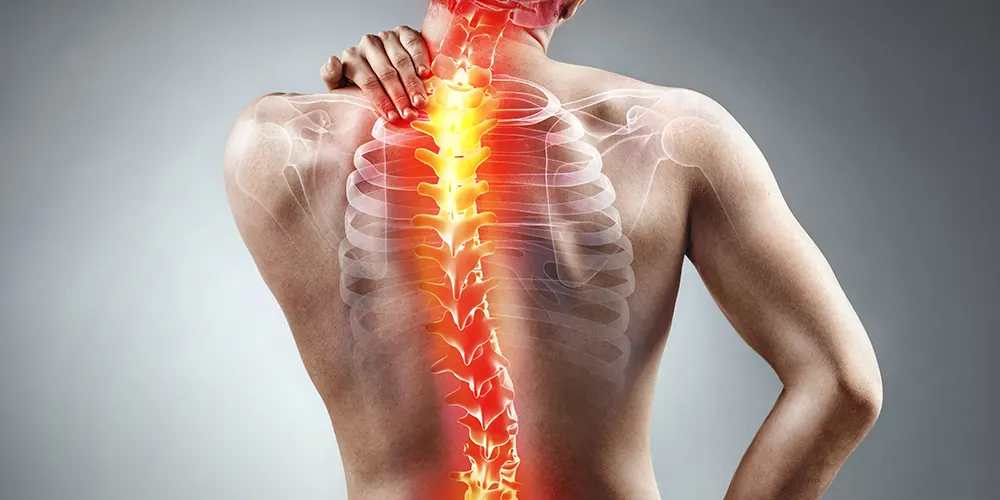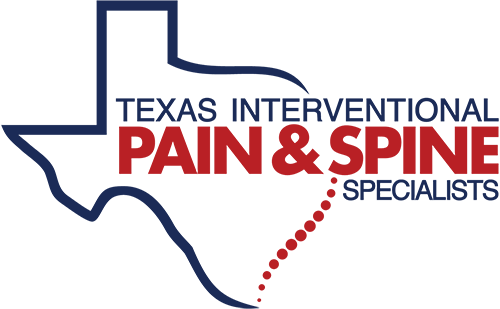
Spinal Stenosis
Spinal stenosis is a condition that occurs when the spaces within the spine become narrowed, causing pressure on the spinal cord or nerves. This can lead to a range of symptoms, including pain, numbness, tingling, and weakness in the arms or legs. Spinal stenosis is most commonly found in the lower back (lumbar spine) and the neck (cervical spine), but it can also occur in the upper back (thoracic spine).
There are several causes of spinal stenosis. It can be caused by degenerative changes in the spine due to aging, such as the formation of bone spurs or the thickening of ligaments. It can also be caused by injuries or conditions that lead to the compression of the spinal cord or nerves, such as a herniated disc or a spinal tumor.
Symptoms of spinal stenosis can vary depending on the location and severity of the stenosis. In the lumbar spine, symptoms may include low back pain, leg pain, and numbness or weakness in the legs. In the cervical spine, symptoms may include neck pain, headaches, and numbness or weakness in the arms or hands. In severe cases, spinal stenosis can lead to difficulty walking or standing for long periods of time, as well as urinary or bowel incontinence.
Diagnosis of spinal stenosis typically involves a physical examination, imaging tests (such as MRI or CT scans), and sometimes nerve conduction studies or electromyography (EMG). Treatment options for spinal stenosis may include medications to manage pain and inflammation, physical therapy to improve mobility and strength, and in severe cases, surgery to remove the source of the compression or to widen the spinal canal.
Preventing spinal stenosis involves maintaining good posture, avoiding activities that put excessive strain on the spine, and engaging in regular exercise to strengthen the muscles that support the spine. It is also important to maintain a healthy weight and to avoid smoking, as these factors can contribute to the development of spinal stenosis.
In conclusion, spinal stenosis is a condition that occurs when the spaces within the spine become narrowed, causing pressure on the spinal cord or nerves. It can lead to a range of symptoms, including pain, numbness, tingling, and weakness in the arms or legs. While it is more common in older adults, it can occur at any age and may be caused by a variety of factors. Treatment options for spinal stenosis may include medications, physical therapy, and surgery, and it is important to take steps to prevent the development of this condition by maintaining good posture, engaging in regular exercise, and avoiding activities that put excessive strain on the spine.
Ready to Live Pain Free?
If you are interested in an ethical, personal and individualized approach to pain treatment, then we are here to help. Please give our office a call at (361) 360-3264. We look forward to helping you restore a more active, joyful and pain free life!
